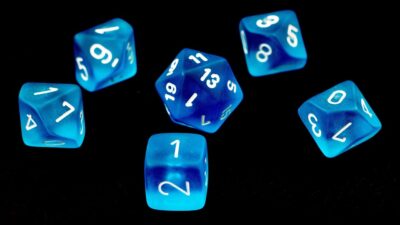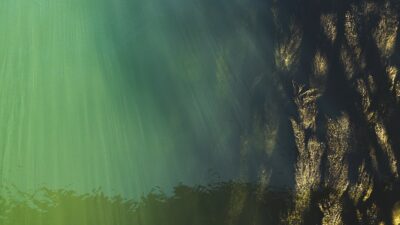In the vibrant landscape of video game development, art direction plays a pivotal role in creating immersive experiences that captivate players. Art direction transcends mere aesthetic appeal; it’s about crafting a coherent visual narrative that enhances gameplay, deepens emotional engagement, and ultimately defines the identity of a game. In this article, we delve into the importance of art direction in game design and its various facets.
The Foundation of Immersion
Art direction lays the groundwork for immersion in a game world. A well-considered visual style can transport players to fantastical realms, haunting dystopias, or serene landscapes. For instance, consider the difference between the cartoonish aesthetics of Cuphead and the realistic graphics of The Last of Us. Each game uses its distinct art direction to evoke specific emotions and set the tone for the player’s experience. Players are drawn into these worlds not just through gameplay mechanics but through the very visuals that surround them.
Creating a Unique Identity
In an industry flooded with new titles, a distinctive art direction helps games stand out in a crowded market. Iconic franchises like Zelda, Final Fantasy, and Overwatch are often instantly recognizable due to their unique styles, which have been meticulously crafted and honed over time. This visual identity not only helps attract players but also strengthens brand loyalty, allowing fans to forge emotional connections with the games they play.
Enhancing Narrative and Themes
Art direction is a critical component of storytelling in games. The visual style can reinforce the narrative and themes of the game, deepening understanding and engagement. For example, in Gris, the use of color evolves alongside the protagonist’s emotional journey, making visual storytelling as impactful as dialogue. The nuanced application of art direction allows developers to communicate ideas and themes non-verbally, enabling players to feel the weight of the narrative through the aesthetics of the world they inhabit.
Facilitating Player Experience
Art direction also plays a vital role in gameplay mechanics. Careful consideration of color, lighting, and spatial design can enhance a player’s understanding of the game and improve usability. For instance, vibrant colors can highlight interactive elements, while chiaroscuro can create atmospheres of tension or calm. Developers must balance artistic expression with functional design to provide intuitive experiences. When done right, art direction can guide players through intricate worlds, allowing them to focus on gameplay without excess distraction.
Fostering Collaboration and Workflow
Art direction is not solely about the visual output; it serves as a guiding principle for the entire development team. A well-defined art direction creates cohesion among various departments, from narrative design to programming. It ensures that everyone is on the same page and working towards a unified vision. This synergy can streamline the workflow, reduce conflicts, and ultimately lead to a more polished final product.
Conclusion
In the ever-evolving world of video games, art direction remains a cornerstone of effective design. It shapes player experiences, enhances storytelling, fosters collaboration, and creates unique identities for games. As technology continues to advance and the possibilities expand, the need for visionary art directors becomes more pronounced. They are the architects of digital worlds, crafting environments that invite players to explore, connect with, and immerse themselves in new realities. As we move forward, the importance of art direction in game design will only grow, solidifying its status as a critical element in the creation of memorable and impactful gaming experiences.



